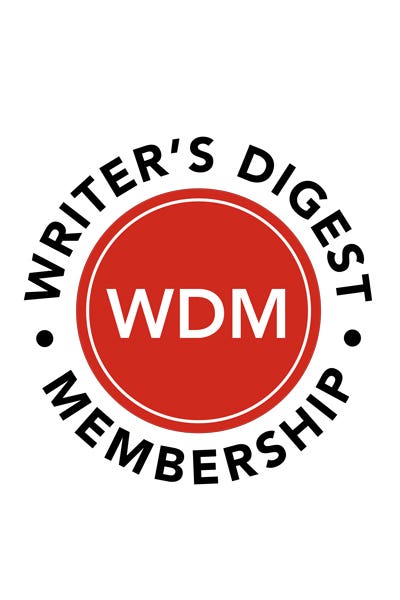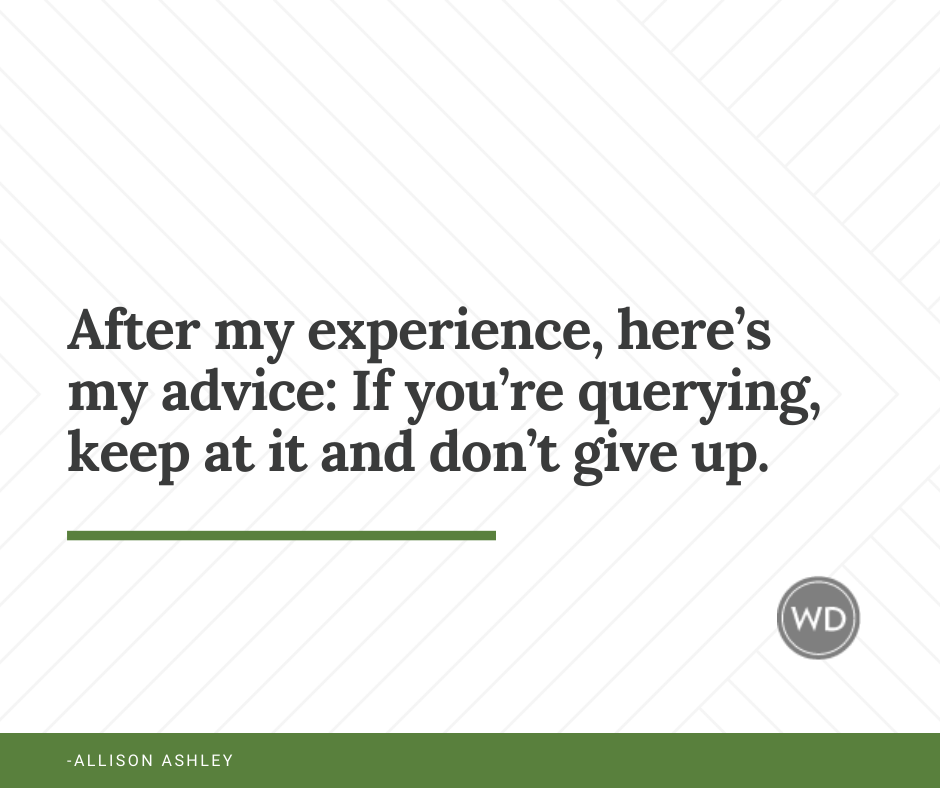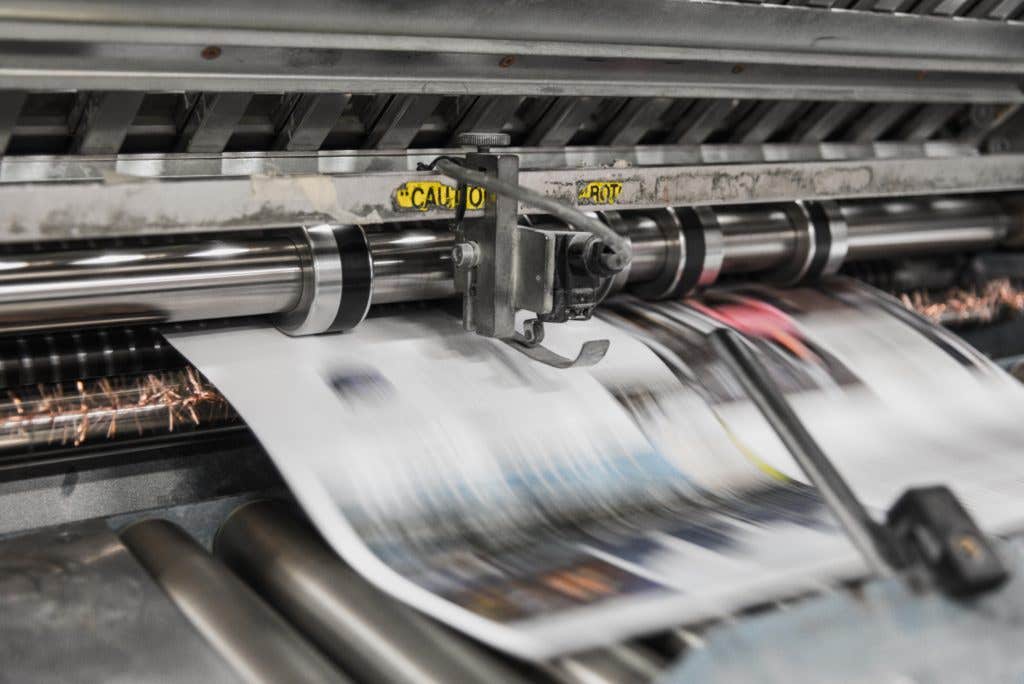The Art of Anniversaries
Keep your eyes open for upcoming anniversaries, and you just may land a plum assignment.
Did you know that 2003 marks the 100th anniversary of the creation of the teddy bear, the 50th anniversary of Sir Edmund Hillary's Mount Everest climb and the 25th birthday of the first test-tube baby? Dangle a new and improved angle from these ready-made hooks, and you may snag an assignment.
The cardinal rule of marriage—remember the anniversary—also is one of the most useful freelancing tools. "I think anniversaries are a good hook, and in our magazine's case, the more obscure the subject's anniversary the better," says Abigail Seymour, former managing editor of USAirways' inflight publication, Attaché. "The only downside is that if many publications use the same angle, we can be at risk of coming out with stories simultaneously. That's why Attaché tends to stick to oddball anniversaries whenever possible."
To snag an anniversary assignment, you'll need three things: an interesting occasion, a unique angle and pitch-perfect timing.
Anniversaries everywhere
Finding the anniversary is the easy part—it's as simple as opening up an almanac and focusing on relevant years. (A 37th anniversary isn't going to get an editor's blood pumping.) There are also Web sites, like a link on The New York Times' site (www.nytimes.com/learning) that offers an "On This Day in History" archive.
But quirkier collections of facts and dates offer more fascinating fodder. My home library includes books like The Optimist's Guide to History (which tells me that the first banana split was created in 1904) and the Pro Football Chronicle (which informs me that the NFL's last successful drop kick occurred in 1941). Scour the fine print and the forgotten factoids, because sometimes it can be easier to sell a previously unheralded anniversary.
The value of a fresh spin
The key is to give even a well-known historical event a clever spin. "Those that go beyond the obvious anniversary angles are more likely to receive serious consideration," says Brian Cook, a magazine editor with custom publisher Pace Communications. "The ones that scratch a layer or two beneath the surface are especially appealing."
An example: December 2003 marks the centennial of the Wright brothers' flying feats, and that's bound to receive widespread attention. But more obscure is the fact that a Cornell University graduate named Charles Manly attempted to pilot a Smithsonian-funded aircraft a few weeks earlier. Had the airplane's design matched the functionality of Manly's terrific engine, he would be the historical icon, and the Wrights would be mere footnotes. It's this kind of I-didn't-know-that angle that intrigues editors and the folks at Cornell Alumni Magazine, who were intrigued enough to assign me the story.
Timing is everything
Date-specific stories take several forms. There is the anniversary as annual event (my hometown celebrates John Steinbeck's birthday every year), as reminiscence (the Army-McCarthy hearings 50 years later), as comparison (the class of 2003 versus the class of 1903) and as overview (celebrating a century of basketball).
More so than most queries, your anniversary-based attempts should be well-timed. Alex Gordon, who edits Hockey Digest, prefers a lead time of about a year. Cook and Seymour both prefer at least six to eight months. "Not so far ahead that we're not thinking about it yet," Seymour says, "but enough time to avoid a mad scramble."
So maybe, to spice up 2003's anniversaries, you visit the Vermont Teddy Bear Factory or examine the accumulated trash on Mount Everest or compare the ethical hand-wringing over the original test-tuber to today's human cloning concerns—anything to attach some enticing bait to your historical hook. Says Gordon, "Anyone can write a history, but it takes a skilled writer to analyze a historical event and place it in context."
This article appears in the December 2002 issue of Writer's Digest.









